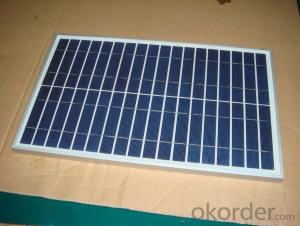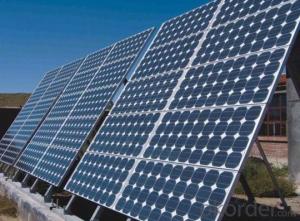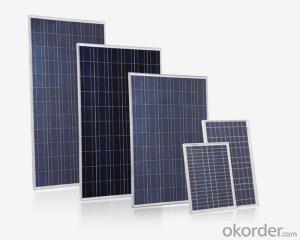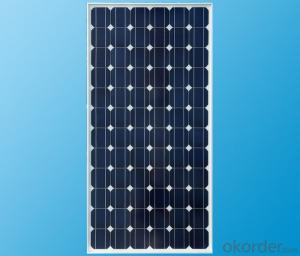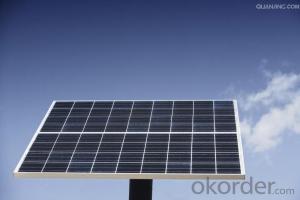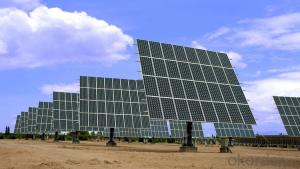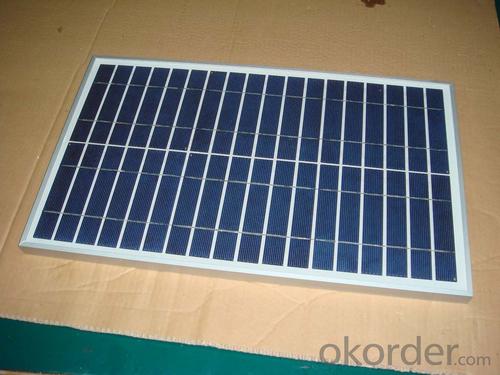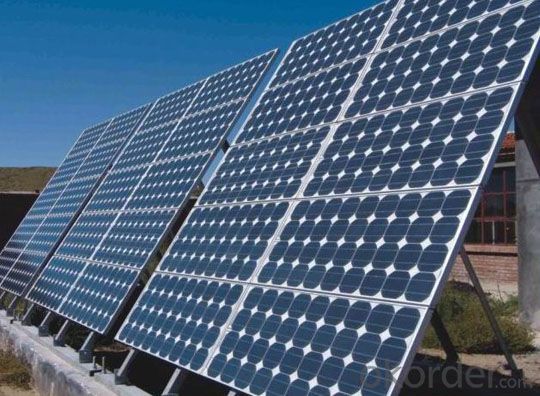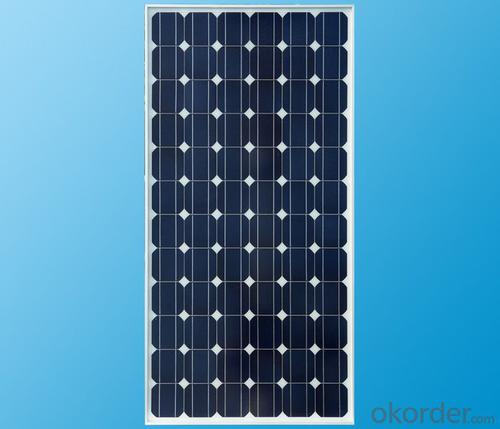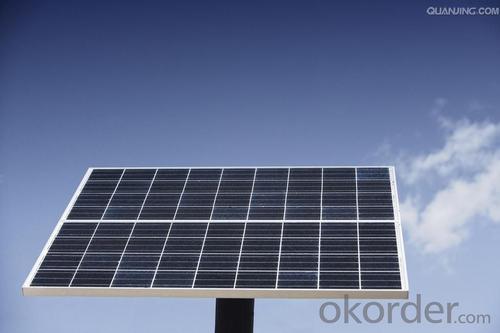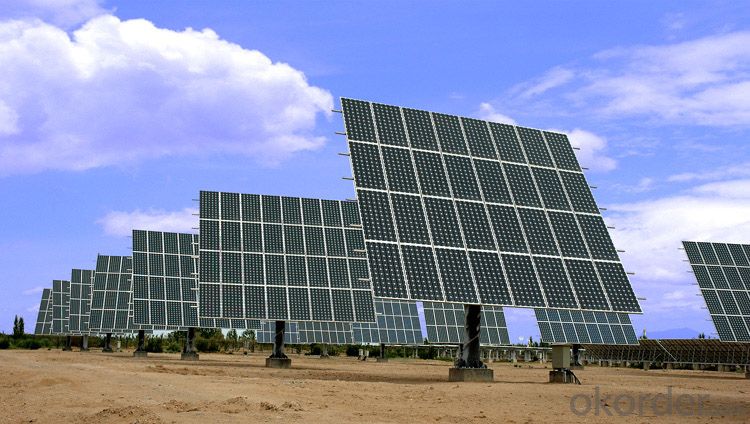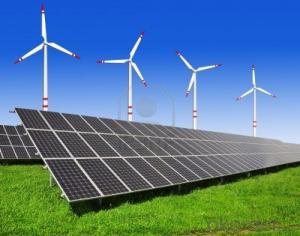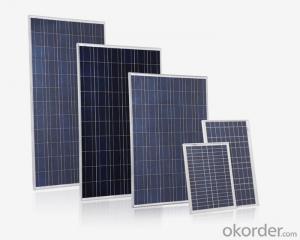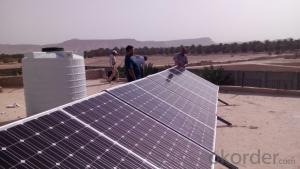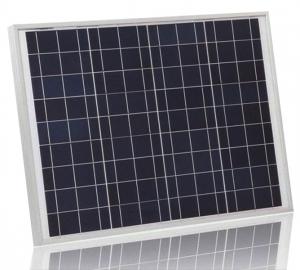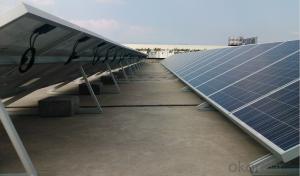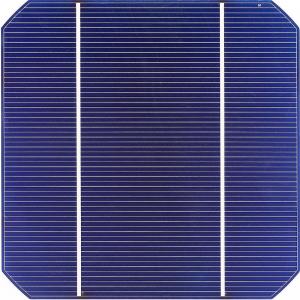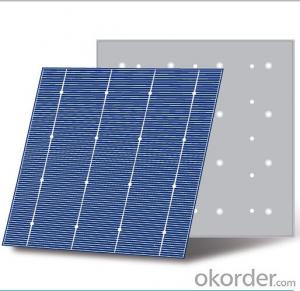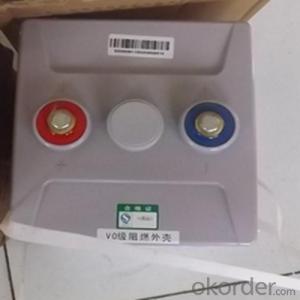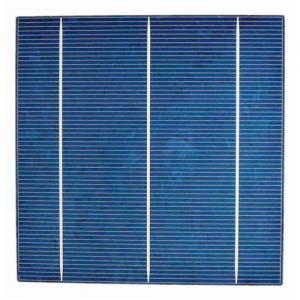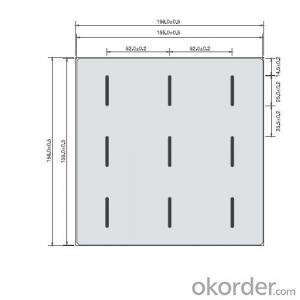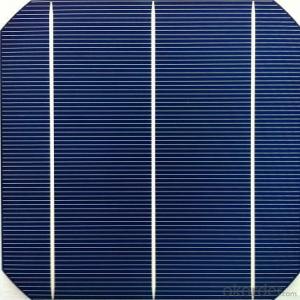Quantum Dots Solar Panel 50w-300w
- Loading Port:
- China Main Port
- Payment Terms:
- TT OR LC
- Min Order Qty:
- -
- Supply Capability:
- 10000000000000 watt/month
OKorder Service Pledge
OKorder Financial Service
You Might Also Like
Quick Details
| Place of Origin: | Guangdong China (Mainland) | Brand Name: | CAP | Model Number: | 50w100w150w200w250w300w |
| Material: | Monocrystalline Silicon | Size: | 1385*1035*75mm | Number of Cells: | 72pcs |
| Max. Power: | 300w | type: | solar panel | color: | blue&black |
| warranty: | 5 years |
Packaging & Delivery
| Packaging Detail: | standard export package for solar panel |
| Delivery Detail: | 7-15 days for solar panel |
Specifications
solar panel
High Efficiency
25 years Warranty
High-transmissivity low-iron tempered glass
Solar Panel
50w100w150w200w250w300w
Characteristics
1,High and stable conversion efficienly based on over 4 years professional experience
2 ,High reliability with guaranteed +/-10% output power tolerance
3,Proven materials,tempered front glass,and a sturdy anodized aluminum frame allow modules to operate reliably in multiple mountily configurations
4,Combination of high efficicncy and attractive appearance
Quality and Safety
1,25 year 80%,10 year 90% power warranty 3 year power warranty
2,ISO9001:2000 (Quality Management system) certified factory
3,Product Quality warranty & products Liability Insurance to guarantee and user' benefits
4,Certifications TUV Intercert, CE Temperature Coefficients
| Module Type | 100w | 150w | 200w | 250w | 300w |
| Maximum Power at ST(Pmax)W | 100wp | 150wp | 200wp | 250wp | 300wp |
| Maximum Power Voltage(Vmp)V | 36/18 | 36/18 | 36/18 | 30.8v | 36/18 |
| Maximum Power Current(Imp)A | 2.77/5.55 | 4.16/8.33 | 5.55/11.1 | 8.11A | 8.33/16.66 |
| Open Circuit Voltage(Voc)V | 39.5/19.05 | 39.3/19.4 | 39.6/19.5 | 36.2V | 39.6/19.8 |
| Short Circuit Current(Isc)A | 3.04/6.09 | 4.58/9.16 | 6.1/12.2 | 8.7A | 9.16/18.33 |
| Cell Efficiency(%) | 18.60% | 18.10% | 18.60% | 17.80% | 18.10% |
| Module Efficiency(%) | 17.70% | 17.20% | 17.70% | 17.10% | 17.20% |
| Operating Temperature°C | -40°C to +85°C | -40°C to +85°C | -40°C to +85°C | -40°C to +85°C | -40°C to +85°C |
| Maximum system voltage | 1000V(IEC)DC | 1000V(IEC)DC | 1000V(IEC)DC | 1000V(IEC)DC | 1000V(IEC)DC |
| Power tolerance | -0.03 | -0.03 | -0.03 | -0.03 | -0.03 |
| Temperature coefficients of Pmax | -0.45%/°C | -0.45%/°C | -0.45%/°C | -0.45%/°C | -0.45%/°C |
| Temperature coefficients of Voc | -0.27%/°C | -0.27%/°C | -0.27%/°C | -0.27%/°C | -0.27%/°C |
| Temperature coefficients of Isc | 0.05%/°C | 0.05%/°C | 0.05%/°C | 0.05%/°C | 0.05%/°C |
| Weight(kg) | 8 | 11 | 14 | 20 | 25.5 |
| Number of cell(pcs) | 4*9 | 4*9 | 6*10 | 6*12 | 6*12 |
| Dimensions(mm) | 1194*534*35/30 | 1580*808*50/35 | 1471*670*40/35 | 1640*992*50 | 2000*1050*50 |
- Q: How can I explain to my 10 year old daughter what solar cells are?
- You should expain it to your daughter in a simpler way instead of the complicated scientic way.
- Q: How do solar cells perform in mountainous regions?
- Solar cells perform well in mountainous regions as long as they are installed at optimal angles to capture maximum sunlight. The higher altitude in mountains often means clearer skies and reduced air pollution, which can enhance the efficiency of solar panels. However, shadows from surrounding peaks or steep slopes can occasionally obstruct sunlight, reducing their overall performance. Therefore, careful placement and orientation of solar panels are essential to ensure optimal energy production in mountainous regions.
- Q: Can solar cells be used in electric bikes or scooters?
- Yes, solar cells can be used in electric bikes or scooters. They can be integrated into the design of these vehicles to harness solar energy and supplement their charging systems. This enables them to recharge the battery and extend their overall range, making them more energy-efficient and sustainable transportation options.
- Q: What is the impact of solar cell installations on property values?
- Solar cell installations have been found to have a positive impact on property values. Studies have shown that homes with solar panels tend to sell for a higher price and at a faster rate compared to those without. The perceived energy savings and environmental benefits associated with solar energy make properties with solar installations more attractive to potential buyers, resulting in increased property values.
- Q: What is the impact of solar cells on reducing energy inequality?
- Solar cells have a significant impact on reducing energy inequality by providing access to clean and affordable energy for communities that lack reliable electricity sources. Solar power eliminates the dependence on fossil fuels, which are often expensive and inaccessible for marginalized populations. By harnessing the sun's energy, solar cells offer a sustainable and renewable solution, empowering underserved regions and bridging the energy gap between developed and developing countries.
- Q: Can solar cells be used in floating solar farms?
- Yes, solar cells can be used in floating solar farms. Floating solar farms, also known as floating solar panels or floating photovoltaic systems, involve placing solar panels on bodies of water such as lakes, reservoirs, or even the ocean. These solar panels are designed to float on the water's surface and capture sunlight to generate electricity. Floating solar farms are increasingly being adopted as they have numerous advantages, including efficient land use, reduced evaporation, and increased energy production due to the cooling effect of the water.
- Q: Can solar cells be used in theme parks?
- Yes, solar cells can be used in theme parks. Solar cells can be installed on rooftops, parking lots, or open spaces within theme parks to generate clean and renewable energy. This energy can be used to power rides, lighting, and other facilities, reducing the park's dependence on traditional energy sources and lowering its carbon footprint. Additionally, solar cells can also serve as educational tools, allowing visitors to learn about renewable energy and sustainability.
- Q: Can solar cells be used underwater?
- No, solar cells cannot be used underwater as they rely on sunlight to generate electricity. Water blocks sunlight and prevents the solar cells from functioning effectively.
- Q: Is the Solar Power Photovoltaic Cells the same as PV cells modules?
- According to the size and scale of the photovoltaic power station, the PV modules can be composed of various sizes and different arrays.
- Q: Are solar cells affected by shade?
- Yes, solar cells are affected by shade. When solar cells are partially shaded, it reduces their efficiency and overall power output. Shading can create hotspots on the shaded cells, causing them to generate less electricity and potentially damage the cells. Therefore, it is important to ensure that solar panels are installed in areas with minimal shade to maximize their performance.
Send your message to us
Quantum Dots Solar Panel 50w-300w
- Loading Port:
- China Main Port
- Payment Terms:
- TT OR LC
- Min Order Qty:
- -
- Supply Capability:
- 10000000000000 watt/month
OKorder Service Pledge
OKorder Financial Service
Similar products
Hot products
Hot Searches
Related keywords
